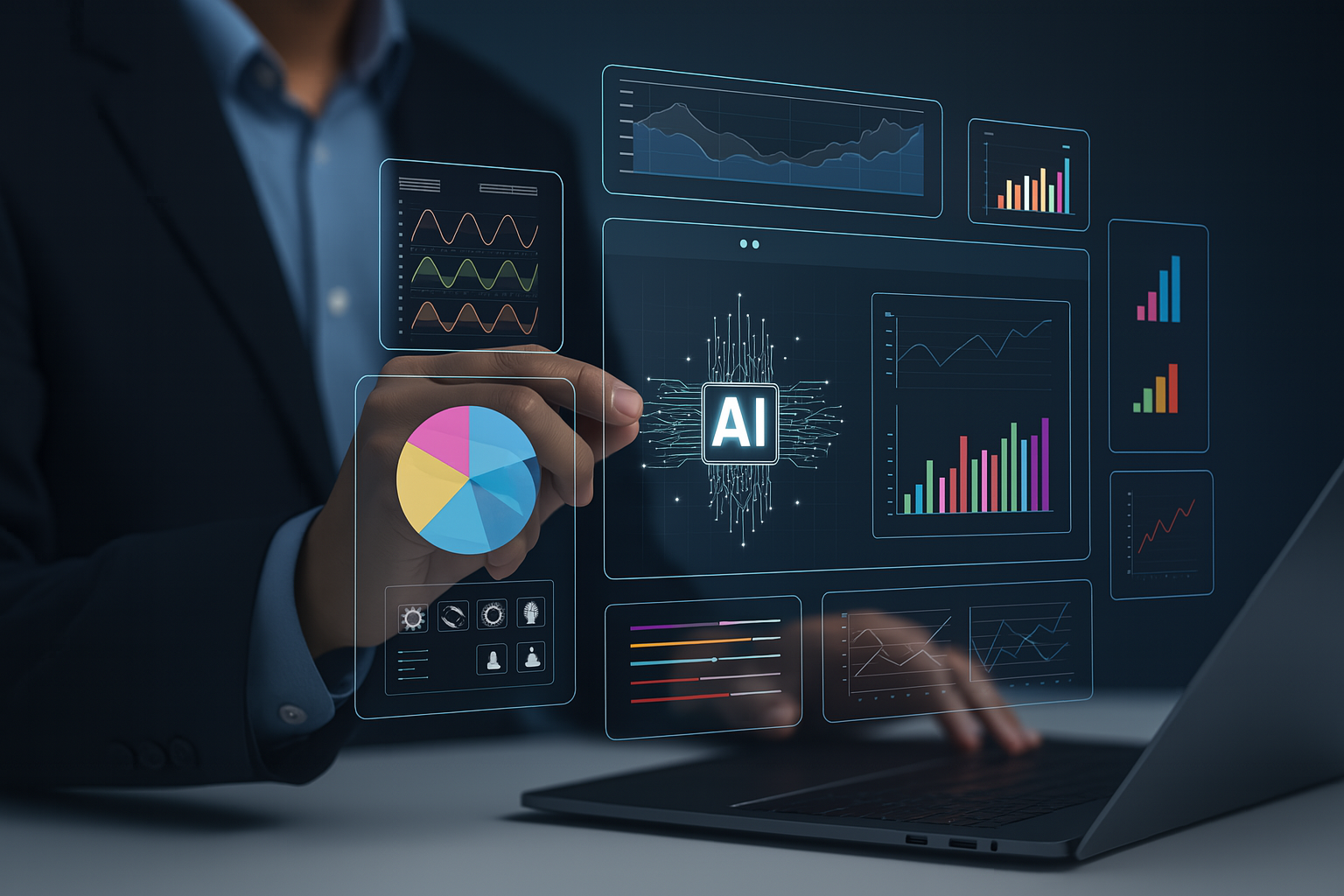For now, AI does not have the ability to take over the job of a compliance officer. Sure, the era of digitized data is here, but where exactly does Artificial Intelligence fit in? Today, many organizations utilize AI without even really knowing it through cloud-based software.
An organization’s regulatory environment is perpetually evolving internally and externally. More and more data continues to be stored in the cloud. As a result, cloud-based software has become ubiquitous within an organization’s work processes, especially in compliance.
Today, organizations are realizing the necessity of being able to process the mass amounts of data relevant to their business. It important to note that AI cannot replace the role of compliance officers. However, they can improve organizational work processes dramatically by performing a supplementary work role for businesses.
Where AI And Compliance Are At Right Now
Currently, AI plays an assistive role for the majority of organizations that utilize it. AI is replacing some human functions in organizations. Yet these tasks are mainly time-consuming, objective data analysis processes that do not need to be carried out by a person. For example, the banking industry utilizes AI to help process the mass amounts of money transactions that occur daily. This can be helpful in compliance as AI systems can be programmed to flag all transactions that are over $10,000 or identify suspicious money withdrawal locations. These would then be passed on to a compliance officer who can make an informed decision on whether to investigate the flagged issue any further.
AI is being utilized for its ability to trawl through mass amounts of data and this has multiple benefits for organizations.
Rate of Error
Firstly, AI reduces human error. Objective tasks, especially when repetitive, can be easily overlooked by an individual due to human error. Repetitive tasks such as manually reviewing customer transactions can be highly susceptible to human error. Having AI in place for objective data analysis processes removes this risk as they rely on algorithms and process, rather than concentration and attention span.
Time Management
Secondly, AI saves time. AI can reduce the amount of time compliance officers spend collecting, organizing and entering data. Data collection is often cited as the most time-consuming activity by compliance officers. Reducing the load by integrating AI functions can allow them to devote more time to higher-level requirements that are more sensitive and complex.
ROI
Finally, AI can be cost-effective. Besides increasing compliance officer efficiency, incorporating basic AI functions such as data analysis is cost-efficient as they are more efficient at trawling through mass data when compared to humans.
The Future
While AI is increasing in complexity and application, it is important to understand its limitations. Major technology companies admit that advances in key areas such as data storage and processing power are not advancing as rapidly as they used to be. This heavily impacts the potential for AI to carry out more complex tasks in an efficient manner. Organizations will also not adopt new AI technology unless it gives them a significant edge over their competitors or is cost-efficient than their current compliance practices.
A lot of the applications of AI are still in the development and testing stages. Organizational application of complex AI processes that could potentially replace the human role in compliance is a long way off. The slowing of advancements in hardware technology is one of the main reasons for this. The other main factor is that the majority of people are inherently sceptical of AI. There is still uncertainty about their ability to perform in the real world, particularly in crucial areas such as compliance.
The increased demand for organizational transparency and customer responsibility that organizations are accountable for cannot be overlooked when looking at the future application of AI. In the quest for increased data analysis, it is imperative to keep in mind client confidentiality issues and practical business solutions. As organizations continue to yield more insights from their client's data, the public is becoming increasingly sceptical of what organizations' are using their information for and how they are protecting it.
Ethical Considerations
AI is a pioneer in the compliance sphere. As a result, some AI functions can find themselves being in grey areas in legal frameworks and organizational procedure. Looking forward, AI development will need to be ethically controlled. Whether this involves legal governance or organizational regulation, this is imperative.
The ability for AI to replace the human ability to subjectively analyse individual compliance issues is still a pipe dream. For organizations to consider, let alone incorporate such complex AI processes to critical work processes are unlikely in the short-term. There is simply too much uncertainty and risk. Most organization’s risk appetites do not (and should not) account for AI taking over complex work processes.
Practical Application
The next wave of AI solutions for compliance will need to be more inclusive and be able to carry out the entire life-cycle of compliance issues. Realistically, AI will always need some level of human input. In the future, this could be as simple as inputting said issue and then letting AI execute the rest. However, It is unlikely that autonomous AI will be utilized to take over every aspect of organizational operations such as compliance.
At least, for the next few years, AI will continue to further augment the capabilities of compliance officers. The potential to revolutionise the compliance world is a real possibility. However, in order for this to happen, AI applications need to be tested and be proven effective. Organizations must be ensured that the application of AI into compliance is allowing them to identify and mitigate issues, not create more of them.
Written by Darren Jacobs,
Chief Product Officer at ReadiNow Corporation
Share this blog with others
Follow us on LinkedIn
Follow UsWritten by Darren Jacobs,
Chief Product Officer at ReadiNow Corporation
Share this blog with others
Follow us on LinkedIn

.jpeg)











